by C. Elkins, OK Math and Reading Lady
Learning the combinations for numbers (number pairs / numbers bonds) is critical for both operations — addition and subtraction. This is slightly different than fact families, but it’s related. With number bonds, students learn all of the possible ways to combine 2 numbers for each sum. Think of whole / part / part. If five is the whole amount, how many different ways can it be split or decomposed? For example these combinations illustrate ways to make 5:
- 5 = 1 and 4 (also 4 and 1)
- 5 = 2 and 3 (also 3 and 2)
- 5 = 5 and 0 (also 0 and 5)
Knowing these combinations will aid a student’s understanding of the relationship of numbers as they also solve missing addend and subtraction problems. For example:
- For the problem 2 + ___ = 5. Ask, “What goes with 2 to make 5?”
- For the problem 5 – 4 = ____. Ask, “What goes with 4 to make 5?”
I suggest students work on just one whole number at a time and work their way up with regard to number bond mastery (from 2 to 10). You may need to do a quick assessment to determine which number they need to start with (more of assessment both pre and post coming in Part 2). Once a student demonstrates mastery of one number, they can move on to the next. It is great when you notice them start to relate the known facts to the new ones. Here are a few activities to practice number pairs. They are interactive and hands-on.
One more thing: PreK and KG students could work on these strictly as an hands-on practice, naming amounts verbally. Using the word “and” is perfectly developmentally appropriate: “2 and 3 make 5”. With late KG and up, they are ready to start using math symbols to illustrate the operation.
- Shake and spill with 2-color counters:
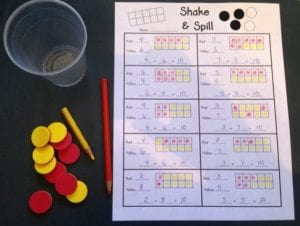
Shake and Spill
Use 2 color counters. Quantity will be the number the child is working on. Shake them in your hand or a small paper cup. Spill them out (gently please). How many are red? How many are yellow? Record on a chart. Gradually you want to observe the child count the red and then tell how many yellow there should be without counting them. This will also aid a student with subitizing skills (naming the quantity without physically counting the objects). To extend the activity, you can create a graph of the results, compare results with classmates, and determine which combinations were not spilled. Click on this link for the recording sheet shown: Shake and Spill recording page
 Connecting cubes: Use unifix or connecting cubes. Quantity will be the number the child is working on. Two different colors should be available. How many different ways can the child make a train of cubes using one or both colors? If working with 5, they might show this: 1 green and 4 blue; 2 green and 3 blue; 4 green and 1 blue; 3 green and 2 blue; 5 green and 0 blue; or 0 green and 5 blue. They could draw and color these on paper if you need a written response.
Connecting cubes: Use unifix or connecting cubes. Quantity will be the number the child is working on. Two different colors should be available. How many different ways can the child make a train of cubes using one or both colors? If working with 5, they might show this: 1 green and 4 blue; 2 green and 3 blue; 4 green and 1 blue; 3 green and 2 blue; 5 green and 0 blue; or 0 green and 5 blue. They could draw and color these on paper if you need a written response.- Ten frames:
Use a ten frame template and 2 different colored objects (cubes, counters, flat glass stones, candy, cereal, etc.) to show all of the cominations of the number the student is working on. Using a virtual ten frame such as the one here Didax.com virtual ten frame or here Math Learning Center – Number Frames are also cool – especially if you are working from home or don’t want students to share manipulatives.
- On and Off: This is similar to shake and spill above. Use any type of counters (I especially love the flat glass tones for this myself) and any picture. For my collection, I chose some child-friendly images on clip art and enlarged each one separately to fit on an 8.5 x 11 piece of paper (hamburger, football, flower, Spongebob, ice cream cone, unicorn, etc.). Put the page inside a sheet protector or laminate for frequent use. Using the number of counters the student is working with, shake them and spill above the picture. Count how many landed on the image and how many landed off the image. Like mentioned above, the goal is for the student to be able to count the # on and name the # off without physically counting them. 1st and above can record results on a chart or graph. Often just changing to another picture, the student feels like it’s a brand new game! You might also like to place the picture inside a foil tray or latch box to contain the objects that are dropped. The latch box is a great place to store the pictures and counters of math center items.
- 4 on and 1 off
- 2 on and 3 off
- Graphic organizers: The ten frame is a great organizer as mentioned earlier, but there are two whole/part/part graphic organizers which are especially helpful with number pairs – see below. Students can physically move objects around to see the different ways to decompose their number.
- Whole / part / part
- Whole / part / part
Check out Jack Hartman’s youtube series on number pairs from 1 to 10. Here’s one on number pairs of 5: “I Can Say My Number Pairs: 5″ He uses two models (ten frames and hand signs) and repetition along with his usual catchy tunes.
Also, please check out the side bar (or bottom if using a cell phone) for links to Varsity Tutors in case you are interested in doing some online tutoring on the side or know students who would benefit from one-on-one help. Please use my name as your reference — Cindy Elkins. Want some PD for yourself? Contact me and I’ll work out a good plan to fit your needs!
Next post: More activities for learning number bonds and assessment resources (both pre- and post-). Take care!!
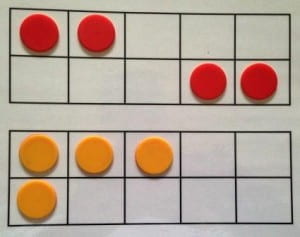

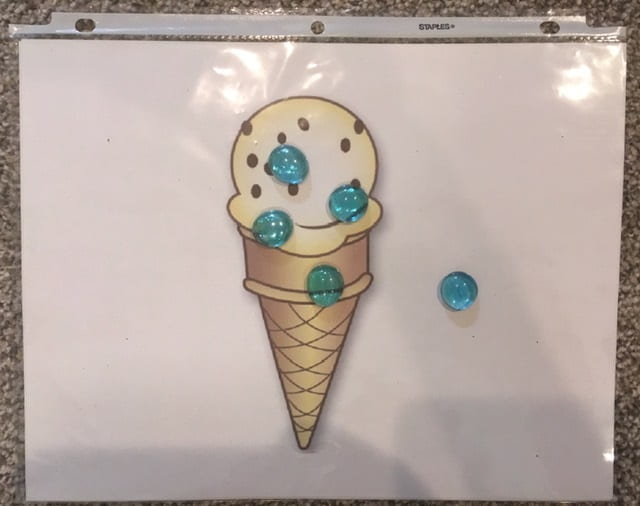
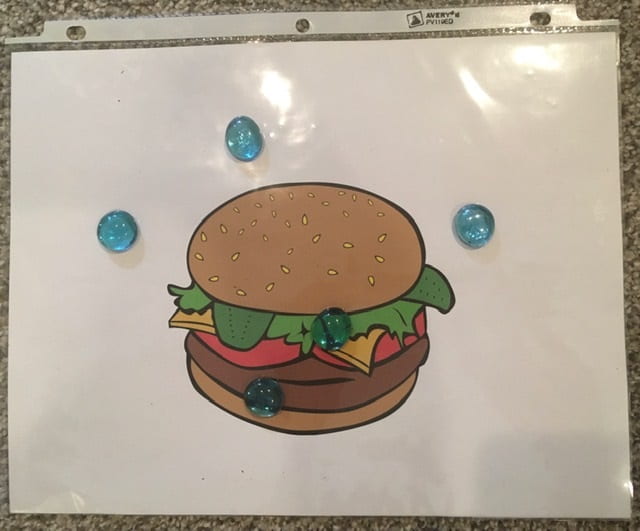
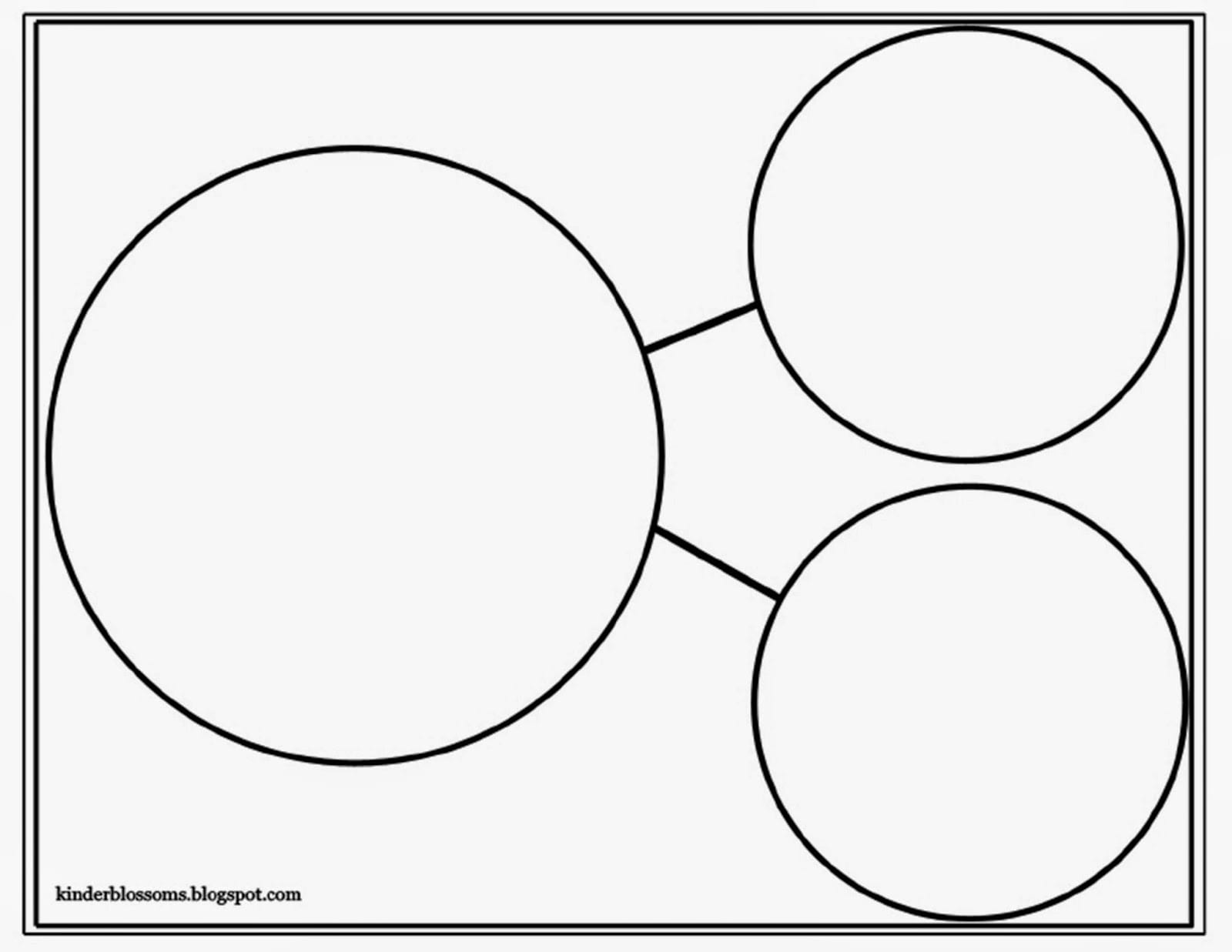

I want to say thanks to you. I have bookmark your site for future updates. ExcelR Data Science Course In Pune